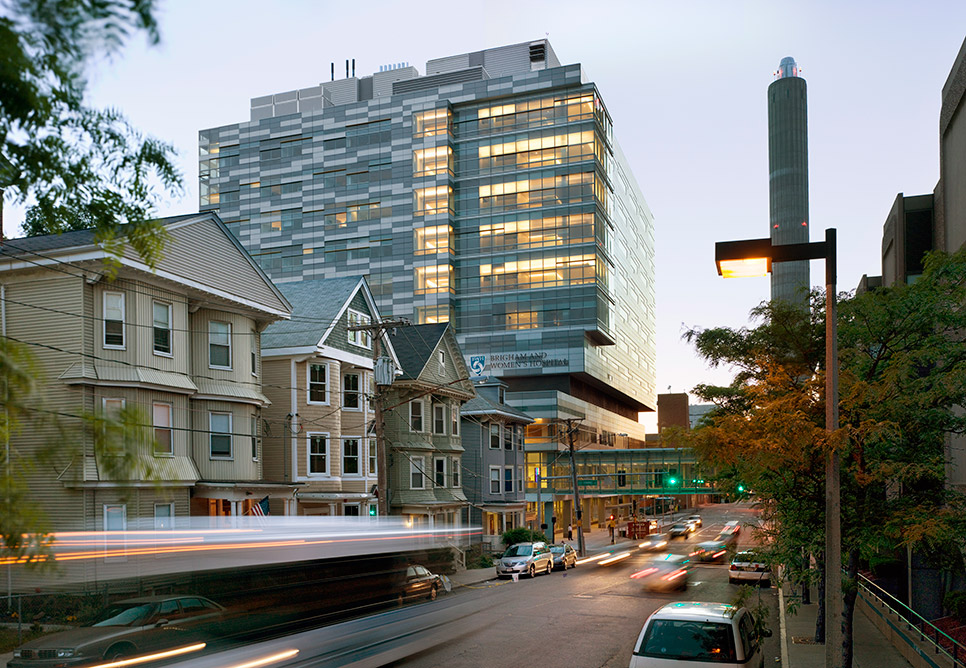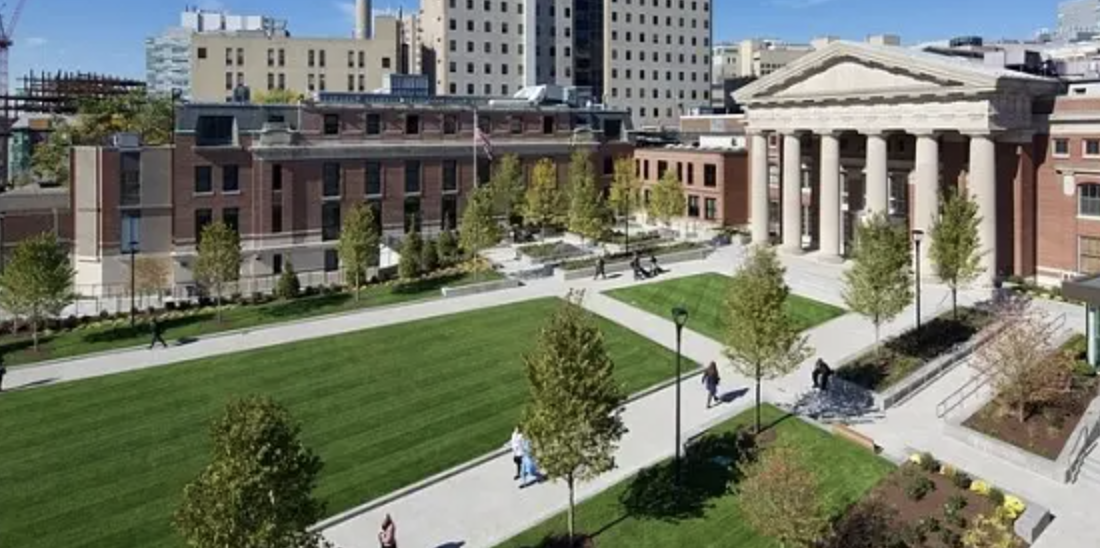About Brigham and Women's Hospital, a teaching affiliate of Harvard Medical School

Brigham and Women's Hospital (formerly Brigham and Women's Hospital), also known as Brigham and Women's Hospital, has a long history and is the second largest hospital affiliated with Harvard Medical School in the United States. (founded in 1913), Robert Blake Bregan Hospital (founded in 1914) and Boston Women's Hospital (started in 1832), which were merged in 1980. The hospital employs over 12,000 people, including 3,000 doctors, 2,800 nurses and over 1,000 researchers; it has 793 beds, nearly 950,000 annual outpatient visits, 46,000 annual admissions and 54,000 emergency care visits.
The former Brigham and Women's Hospital is one of the world's leading general hospitals due to its advanced diagnostic and therapeutic techniques and its strong research capabilities. Seven Nobel Prize winners have been born here. It receives an average of $537 million in annual research funding from the National Institutes of Health, making it the leading recipient in the country.

Strengths of Parkinson's and Women's Hospital
Nationally recognized for its Heart Center, Breast Cancer Center, Gynecologic Cancer Center, Lymphoma Center, Melanoma Center, Gastrointestinal Cancer Center, Sarcoma Center and more.
Recognized as one of the leading transplant centres in the United States, it performs heart transplants, lung transplants, kidney transplants, combined heart-lung transplants and bone marrow transplants, and set a record of five lung transplants in 36 hours in 2004.
Cancer Centre
In 1996, the Dana-Farber/Bregen Cancer Centre was founded as a joint venture between the Brigham and Women's Hospital (formerly the Brigham and Women's Hospital) and the Dana-Farber Cancer Institute, the world's leading cancer treatment and research institute. In general, cancer patients are seen in outpatient clinics at the Dana-Farber Cancer Institute, while inpatient treatment takes place at the Brigham and Women's Hospital. The two institutions are linked by a sky bridge and combined into one to form the Dana-Farber/Bregan Cancer Centre. It is consistently ranked as a national, renowned centre for cancer treatment.
The Dana-Farber/Bregen Cancer Centre combines a world-renowned cancer research institute with a world-class hospital to create 12 cancer specialties that combine integrative medicine, surgery, radiotherapy and cutting-edge clinical trials to treat all types of cancer, including lung, breast, stomach, oesophagus, colorectal, liver, pancreatic, leukaemia, multiple myeloma, neurological tumours, prostate Its milestones include the development of the #1 and only biomarker CA-125 test for ovarian cancer, pioneering new methods of assessing and treating prostate cancer, developing advanced surgical techniques for brain surgery oncology, and pioneering selective internal radiation therapy for the liver.

The centre has long been a multidisciplinary team of radiation oncologists, oncologists, surgeons, interventional radiologists, endoscopists as well as pathologists, physiologists, specialist nursing staff, dieticians and physiotherapists who strive to provide effective and reliable treatment for each patient.
Together with the Massachusetts General Hospital Cancer Centre, the Dana-Farber/Bregen Cancer Centre also forms the Dana-Farber/Harvard Cancer Centre, which treats over 12,000 patients each year and has over 15 new cancer clinical trials every month, with a total of over 700 clinical trials already underway.
Neurosurgery Centre
The Centre for Neurosurgery at Brigham and Women's Hospital (formerly Brigham and Women's Hospital) has a long history and is recognised worldwide for its achievements in neurosurgery. 1913 marked the birth of modern brain surgery when Dr Harvey Cushing founded American Neurosurgery at the Brigham and Women's Hospital Neurosurgery Centre.
In 1992, beta-amyloid was discovered to be associated with Alzheimer's disease, and in 1994, the world's #1 intraoperative magnetic resonance imaging system was established, allowing clinicians to obtain in vivo images during surgery, which could greatly improve the accuracy of surgical resection and allow for the treatment of patients with neurological tumours previously thought to be untreatable; in 2006, neurosurgery completed its first 1000th intraoperative MRI-guided craniotomy for brain tumours in 2006.
The Neurosurgery Centre has been dedicated to promoting treatment, research and training in neurosurgery. In 2009 alone, the Centre received a total of 8,400 outpatients from the international community and across the United States, and performed surgical treatment on 2,600 patients.
Through innovative medical technology, the Centre's 13 neurosurgeons are committed to providing first-class care to improve patient outcomes. The Centre offers services in the following neurological disorders: brain tumours, cerebrovascular, epilepsy, pituitary/neuroendocrine, movement disorders, peripheral nerves, spinal disorders, as well as providing endovascular neurosurgery/interventional neuroradiology.

The Director of the Centre is Professor A. John Popp, President of the American Association of Neurological Surgeons, Director of the American Board of Neurological Surgery, Chairman of the Washington Board of Neurological Surgery and President of the World Academy of Neurological Surgeons. He has a longstanding interest in the surgical management of benign and malignant brain tumours, cerebrovascular disease, and peripheral neurological disease.
